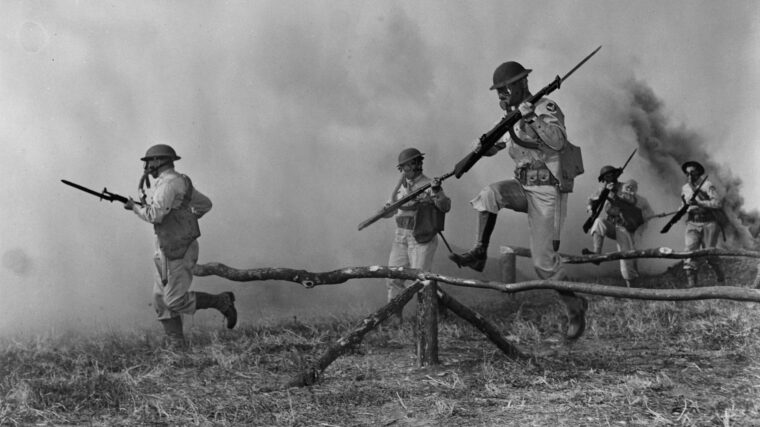
Japanese
Marshall Builds the U.S. Army
By Earl RickardOn July 17, 1941, United States Army Chief of Staff General George C. Marshall sat before the Senate Military Affairs Committee. Read more

Japanese
On July 17, 1941, United States Army Chief of Staff General George C. Marshall sat before the Senate Military Affairs Committee. Read more
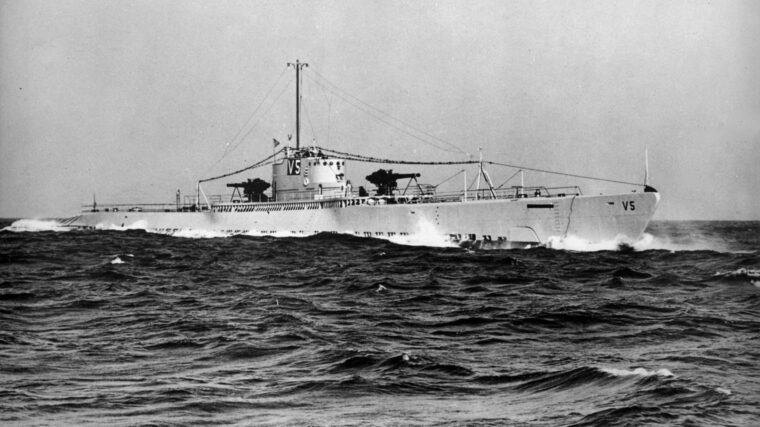
Japanese
Sunsets over Manila Bay are nothing less than spectacular. Once the sun dips below the horizon there is a lingering illumination known as “blue hour” as the sky gradually shifts from pale azure to deep indigo before fading completely into the black tropical night. Read more
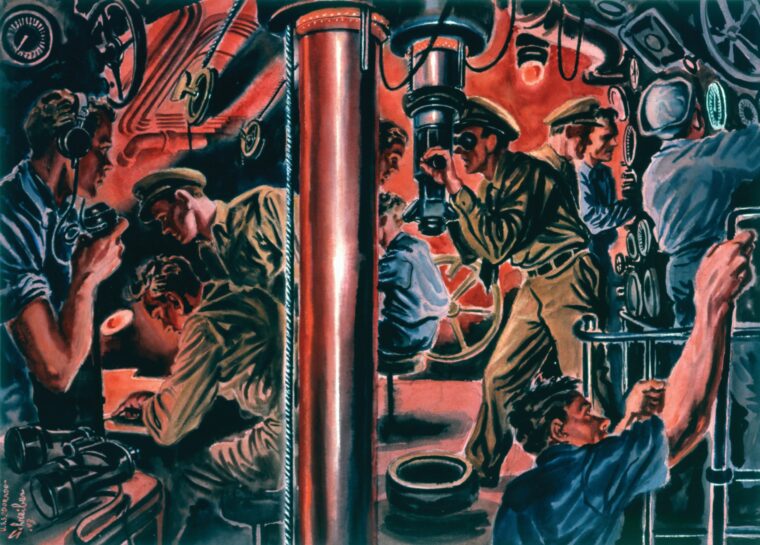
Japanese
On the morning of June 13, 1944, the brilliant new aircraft carrier Taiho weighed anchor and slowly moved out of Tawi-Tawi anchorage in the Sulu archipelago in the southwestern Philippines. Read more
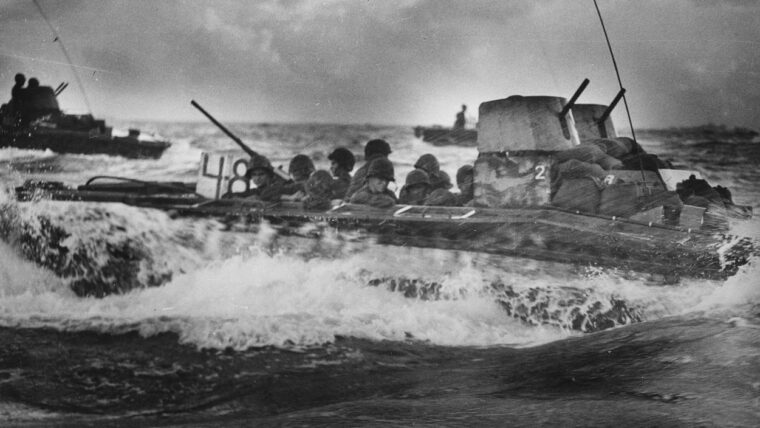
Japanese
The Marines were tired, eager for a rest the opportunity to get themselves and their equipment back into battle condition. Read more
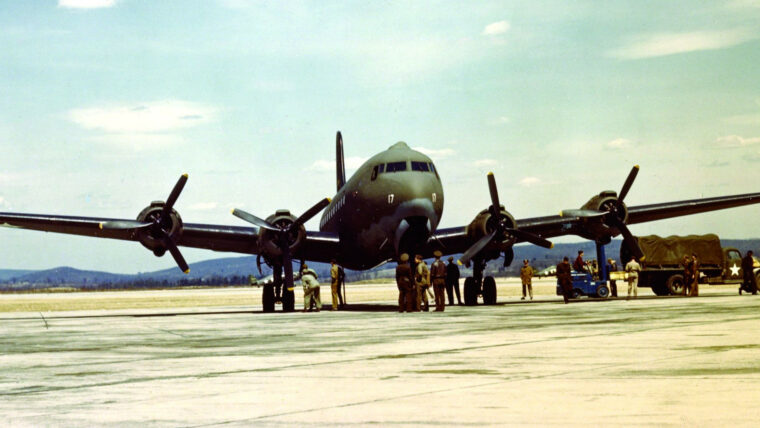
Japanese
At the beginning of World War II, the globe seemed huge—covered by thousands of miles of ocean and uninhabited land mass, but by the time it ended everything had been brought closer together, thanks largely to the four-engine transports of the United States Army Air Transport Command, particularly the Douglas C-54 Skymaster. Read more
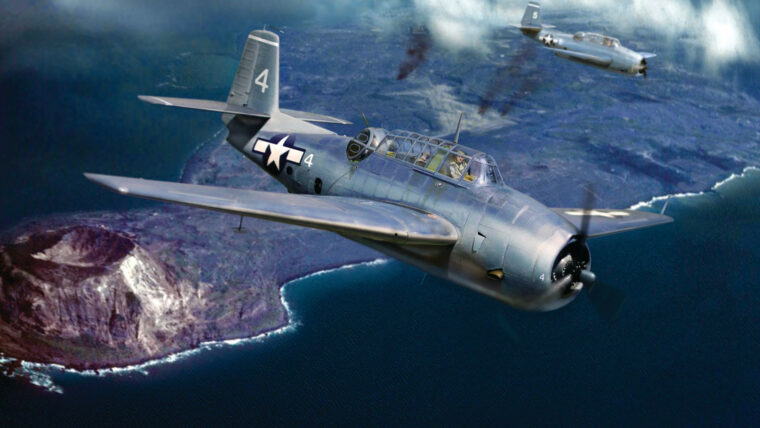
Japanese
Lieutenant Harold Gilson Payne, Jr., was one of the first Americans to die at Iwo Jima. He did not fall in the carnage of the Marine invasion that began on February 19, 1945. Read more
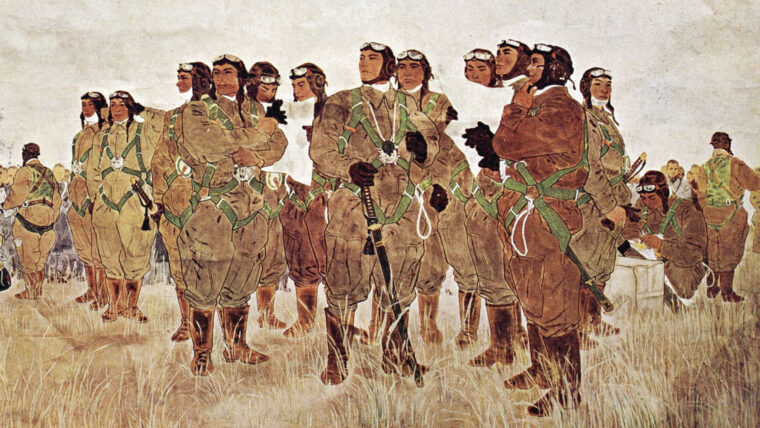
Japanese
April 1, 1945, was Easter Sunday and April Fool’s Day. It was also the day the U.S. Army and Marine Corps launched Operation Iceberg, their massive amphibious assault on the Japanese island of Okinawa. Read more
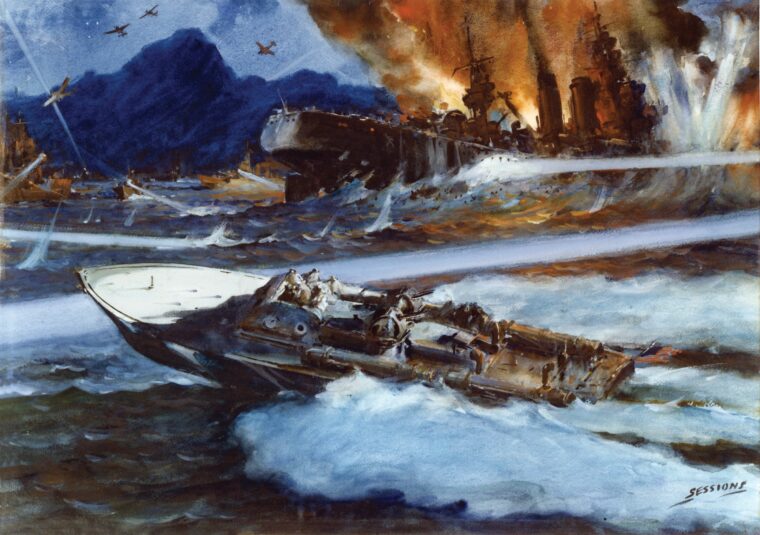
Japanese
Lieutenant John Bulkeley knew something was in the wind when General Douglas MacArthur invited him for an informal lunch at his headquarters on Topside, the highest elevation on the island fortress of Corregidor. Read more
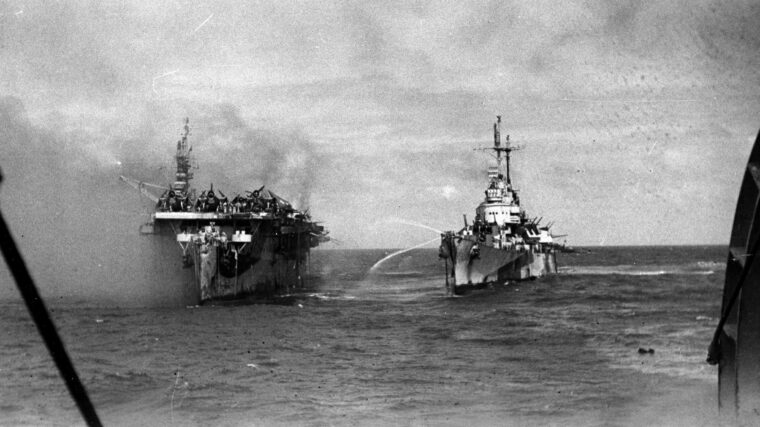
Japanese
The 13,000 ton Independence-class aircraft carrier USS Princeton, which was commissioned on February 25, 1943, quickly became known as the “Fighting Lady.” Read more
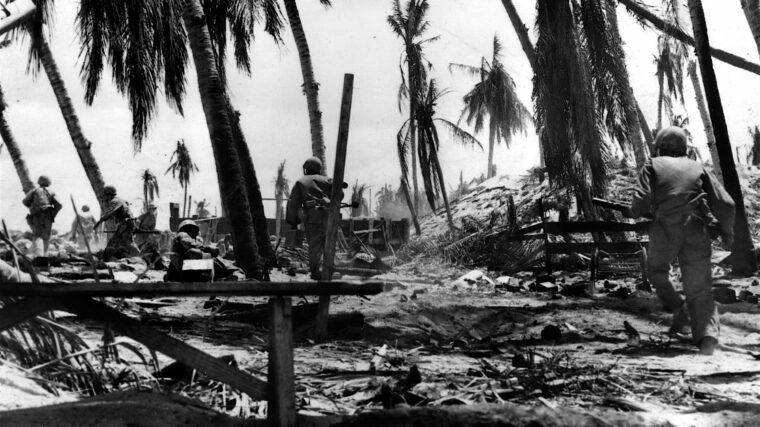
Japanese
Four Medals of Honor were awarded for acts of conspicuous gallantry during the invasion of Tarawa atoll in the Pacific during World War II. Read more
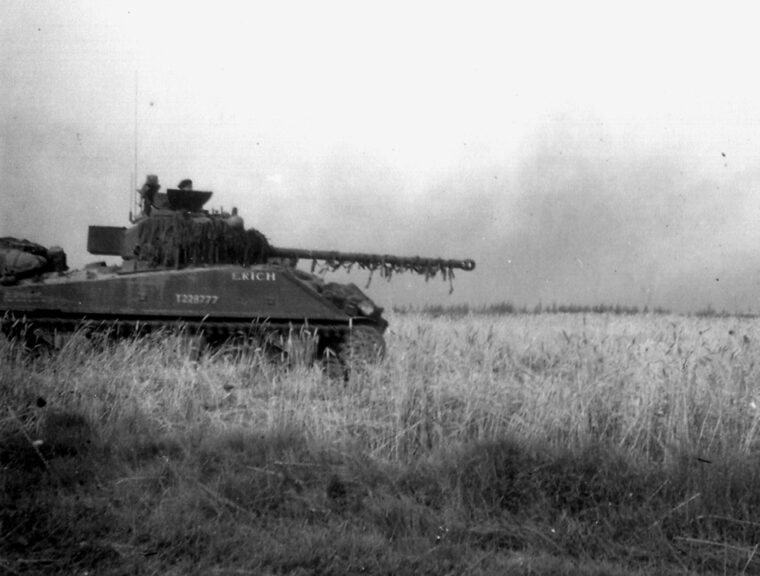
Japanese
For the Allied tankers and infantrymen of the American, British, Canadian, and Free French armies battling German Panther and Tiger tanks in Normandy in the summer of 1944, the Sherman tank’s failures were glaringly evident as their own shells bounced off the hulls of the Nazi armor and they were themselves destroyed at a far greater range by the powerful German tanks. Read more
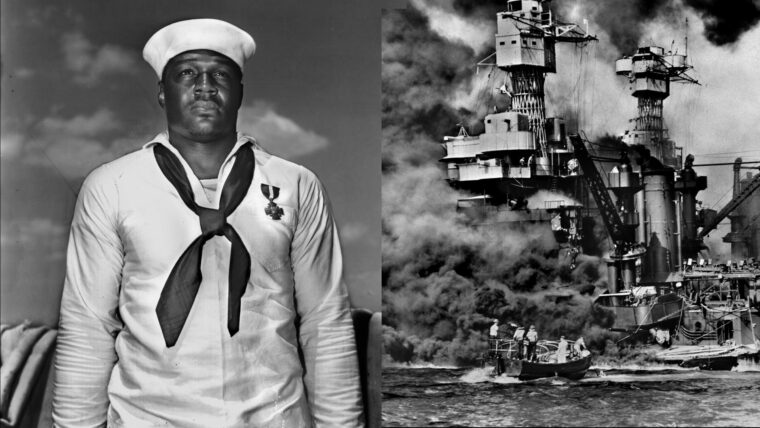
Japanese
His name was Doris, but he was a powerfully built football fullback, a heavyweight boxer, and the first black American hero of World War II. Read more
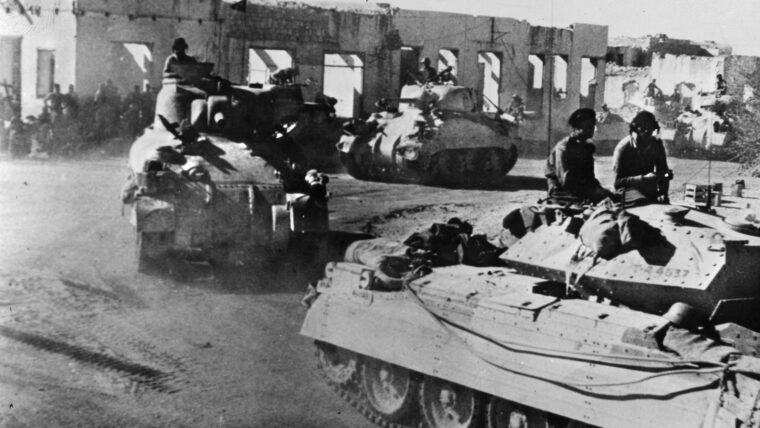
Japanese
The style of leadership practiced in Britain’s Eighth Army during the early years of the Desert War left much to be desired. Read more
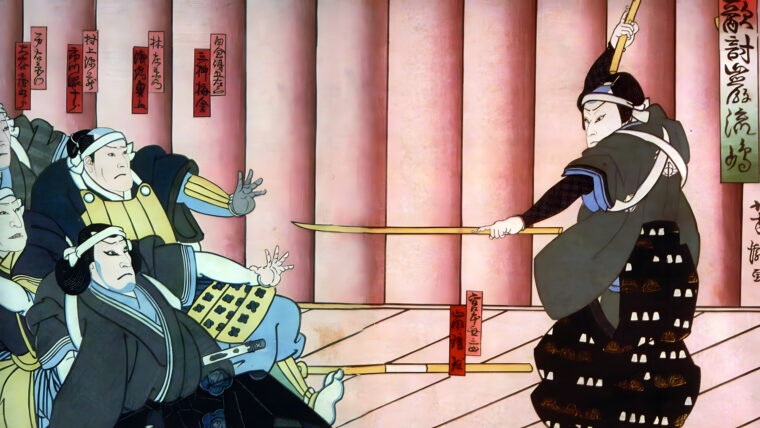
Japanese
The samurai warrior sat in the middle of the dueling grounds in the village of Hirafuku, Japan, glaring at the spectators who had gathered around him. Read more
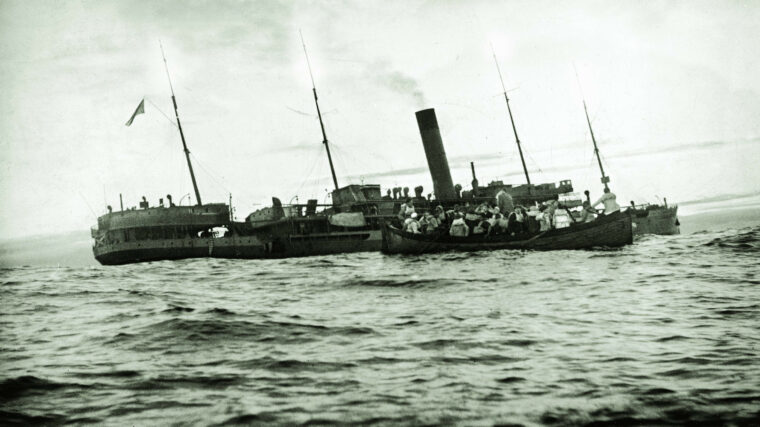
Japanese
In her previous life, she had been the Hansa-line freighter Goldenfels. She was launched in 1937 and displaced 7,862 tons. Read more
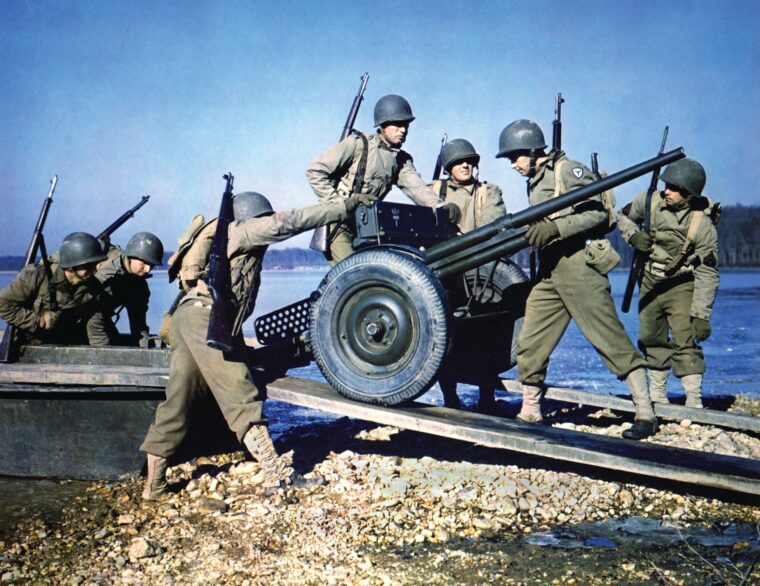
Japanese
The men of Lieutenant Edwin K. Smith’s antitank platoon, 2nd Battalion, 26th Infantry Regiment, 1st Infantry Division peered over the gun shields of their 37mm cannon at the column of Vichy French armored cars approaching their roadblock. Read more
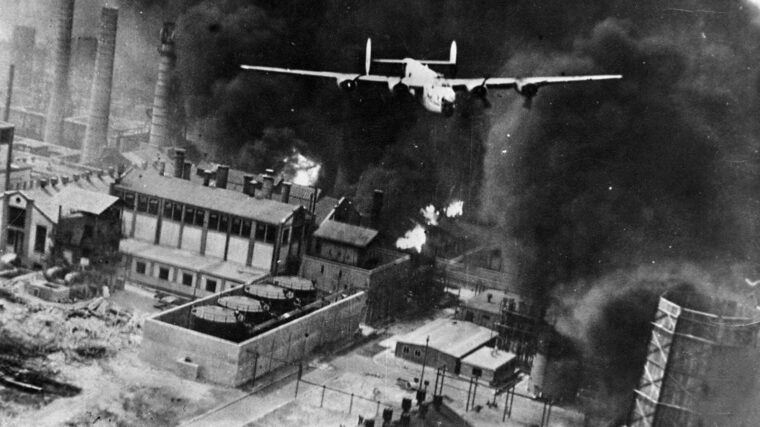
Japanese
In 1942, many Americans considered anyone of Japanese ancestry to be an enemy, regardless of where they had been born or how long their families had lived in the United States. Read more
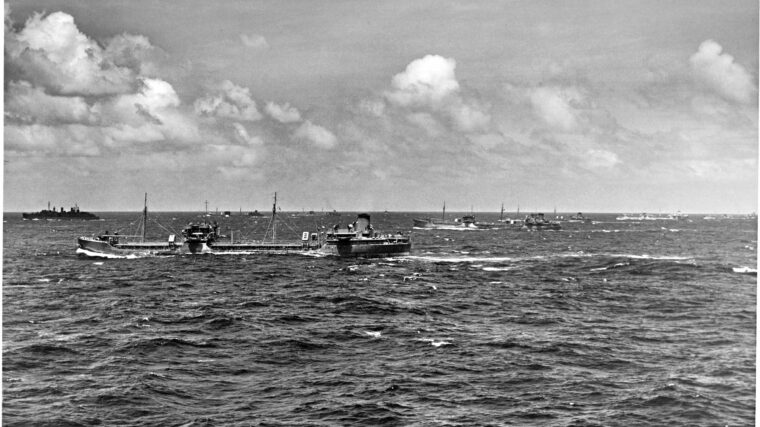
Japanese
The American war in the Pacific proved to be largely a maritime endeavor. Fighting consisted of widespread naval battles between the two major opponents followed by American invasions of Japanese-held island bases. Read more
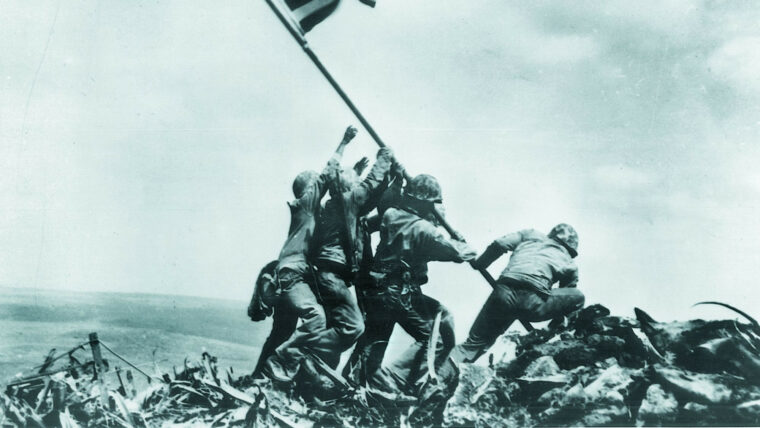
Japanese
The “Raising of the Flag” photo taken by 33-year-old Associated Press photographer Joe Rosenthal on the fifth day of the Iwo Jima battle provided the world with a much-needed uplifting symbol in February 1945. Read more
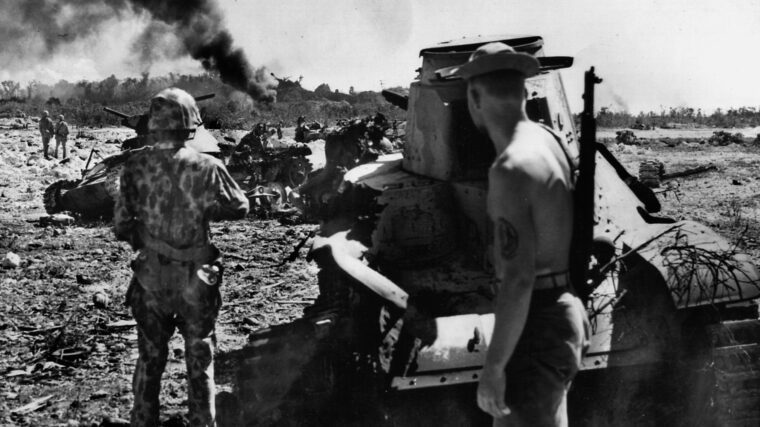
Japanese
Inside the shabby tent that served as his command post on Peleliu, a despondent Maj. Gen. William Rupertus sat on his bunk, slumped over with his head in his hands. Read more